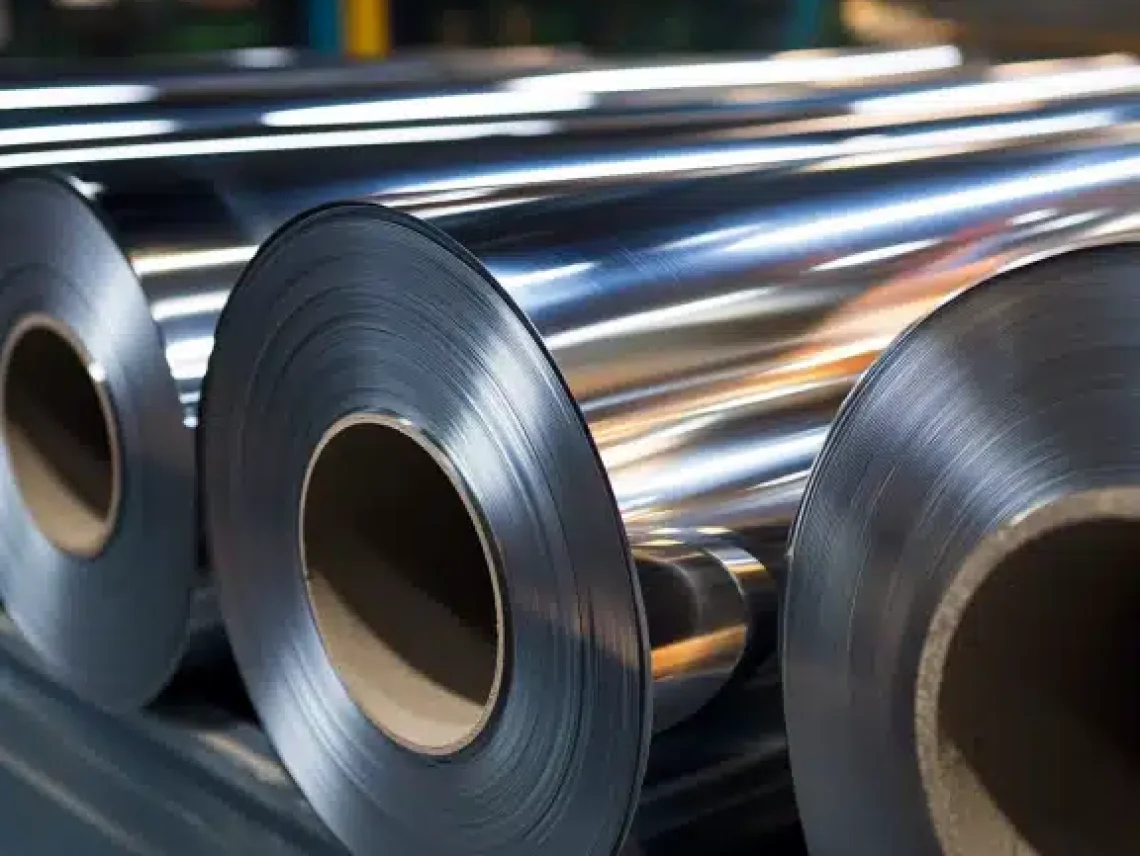
Table of Contents
ToggleMany people ask, “Can stainless steel rust?” While stainless steel is highly resistant to rust, it is not entirely rust-proof. Understanding the circumstances that lead to corrosion is essential for making informed decisions about your pressure vessel applications. This guide delves into the science of corrosion resistance and explores the rare conditions in which oxidation can occur in stainless steel
Stainless steel alloys are carefully engineered to comprise precise elements including chromium, nickel, and molybdenum, specifically designed to prevent stainless steel rust formation while providing superior corrosion resistance and mechanical strength. The unique composition is what makes stainless steel rust resistance possible in most environmental conditions.
Chromium, the key element preventing stainless steel rust, forms a passive oxide layer on the surface, effectively shielding the material from corrosive elements. This chromium-rich layer is the primary reason why stainless steel rust is so uncommon compared to regular carbon steel.
Beyond chromium, the presence of additional alloying elements like nickel and molybdenum further enhances stainless steel’s resistance to rust, providing tailored solutions for various applications where stainless steel rust prevention is critical.
The formation of a thin, self-repairing chromium oxide layer on the surface of stainless steel plays the most crucial role in preventing stainless steel rust. This protective layer ensures long-term durability and performance by blocking the oxidation process that typically causes rust.
Through a process called passivation, stainless steel naturally develops a protective film that acts as a barrier against rust-causing agents. This passive film is the primary defense mechanism that keeps stainless steel rust-free even in challenging environments.
Austenitic stainless steels, characterized by their excessive chromium and nickel content, provide brilliant corrosion resistance, making them best for an extensive variety of applications, along with marine and chemical industries.
While ferritic and martensitic stainless steels show off slightly lower corrosion resistance compared to austenitic grades, they’re valued for his or her electricity, hardness, and magnetic properties, catering to precise commercial necessities.
When Does Stainless Steel Rust? Common Scenarios and Prevention of Stainless Steel Rust
Despite its excellent reputation for resisting corrosion, stainless steel rust can still occur under specific conditions. Understanding these rare scenarios is crucial for preventing stainless steel rust in critical applications:
High chloride exposure: Saltwater and de-icing salts are the most common culprits of stainless steel rust. Prolonged exposure to chlorides can compromise the protective oxide layer, leading to localized rust.
Low oxygen environments: Stagnant conditions, such as those found in poorly ventilated spaces, can lead to localized stainless steel rust formation, as the necessary oxygen for the protective barrier is unavailable.
Extreme temperatures: Prolonged exposure to high heat can alter the chemical composition of stainless steel, reducing its natural rust resistance and increasing the risk of stainless steel rust.
To minimize the risk of stainless steel rust, follow these preventive measures:
Select the appropriate grades of stainless steel for specific environments (e.g., marine-grade stainless steel for high chloride exposure)
Maintain proper surface cleanliness and finish to prevent contaminants from breaking the oxide barrier
Ensure adequate ventilation and drainage in areas exposed to moisture
Regularly inspect stainless steel components for early signs of rust development, particularly in critical pressure vessel applications
When moisture and oxygen interact with stainless steel, stainless steel rust can form. External factors such as humidity, stagnant moisture, and varying oxygen levels create conditions where rust can develop. Understanding these environmental triggers is essential for preventing stainless steel rust in applications like pressure vessels.
Exposure to corrosive chemicals, particularly chlorides and acids, can break down the protective oxide layer and lead to stainless steel rust formation. This necessitates thorough material compatibility testing and protective measures to maintain stainless steel rust resistance over time.
While stainless steel is highly resistant to corrosion, stainless steel rust can occur under certain conditions, particularly in environments with high chloride concentrations or low oxygen levels. This typically manifests as localized corrosion known as pitting or crevice corrosion rather than general stainless steel rust.
The chromium content in stainless steel reacts with oxygen to form a protective oxide layer that prevents stainless steel rust. Additional elements like nickel and molybdenum enhance this natural barrier, making stainless steel rust extremely rare under normal conditions.
Preventing stainless steel rust requires regular cleaning to remove contaminants, prompt repair of surface damage, and proper surface treatments. Regular inspection helps identify potential stainless steel rust formation before it becomes problematic.
Minor stainless steel rust can often be removed using specialized cleaners or light abrasives, followed by passivation to restore the protective oxide layer. Professional assessment is recommended for significant stainless steel rust issues.
Environmental elements including humidity, temperature fluctuations, and exposure to corrosive materials can influence the corrosion resistance of chrome steel pressure vessels. High chloride concentrations, the presence of sulfur compounds, and publicity to harsh chemical substances can accelerate corrosion fees. Therefore, the right fabric choice, surface safety measures, and proactive protection are crucial to ensure superior performance and durability in difficult environments.
Table of Contents
ToggleIn the realm of industrial solutions, Red River emerges as a pioneer, offering a diverse range of custom-engineered products and facilities. Among our specialties is the design and production of Custom/OEM Pressure Vessels, meticulously crafted to meet individual client requirements, ensuring performance under various pressure conditions. Our expertise extends to the domain of prefabrication, where Red River leads with distinction.
The company excels in creating prefabricated facilities, modules, and packages, reinforcing its stance as a forerunner in innovation and quality. This proficiency is further mirrored in their Modular Skids offering, where they provide an array of Modular Fabricated Skid Packages and Packaged equipment. Each piece is tailored to client specifications, underlining their commitment to delivering precision and excellence in every project they undertake.